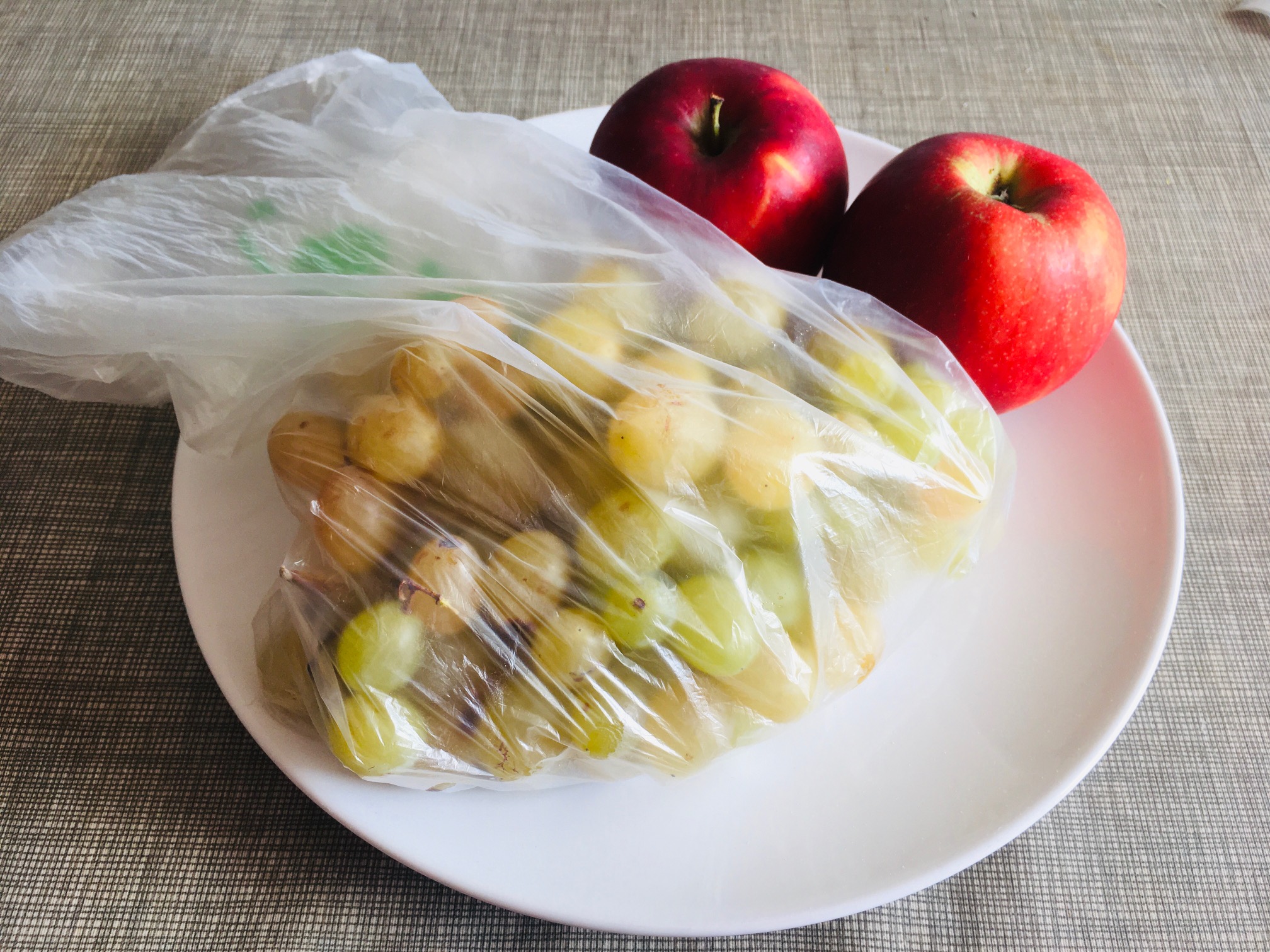A PRELIMINARY STUDY SHOWS GREATER TOXICITY IN COMPOSTABLE BAGS THAN IN CONVENTIONAL PLASTIC
CSIC work with zebrafish cells ‘in vitro’ shows that UV aging of biodegradable bags increases toxicity levels. By biodegrading, the toxicity is transferred to the fertilizer, which can become a source of pollutants and microplastics for the soil.

The process of photodegradation and composting increases the toxicity of plastics.
A study led by researchers from the Superior Council of Scientific Research (CSIC) has analyzed the toxicity of compostable plastic bags, conventional plastic bags and other recycled plastic bags in zebrafish cells in vitro. The results show a high level of toxicity in compostable plastic bags, which increases with photodegradation, that is, when ultraviolet rays fall on them. Although the study is preliminary, with a small number of bags, these results are representative of their degradation processes.
In the study, led by the Institute of Environmental Diagnosis and Water Studies (IDAEA-CSIC) and the Institute of Agrochemistry and Food Technology (IATA-CSIC), and of the Susplast platform, and published in the Journal of Hazardous Materials, an extraction of bags was carried out to analyze the toxic compounds that could be released into the environment. The toxicity of these compounds was evaluated with zebrafish cell lines in three different situations: directly, from the samples of the bags; after a simulated aging of the bags with ultraviolet rays (photodegradation); and through the small fragments of the bags that remained after being turned into quality fertilizer or compost. Finally, the compost resulting from the bag composting process was analysed.
“We were surprised that cells exposed to conventional plastic bags showed no signs of toxicity. However, we did detect it in the biodegradable ones, which decreased the viability of the cells”, explains Cinta Porte, lead author of the study and researcher at the IDAEA-CSIC. “Our hypothesis is that manufacturers add chemical additives to make biodegradable bags that could be particularly toxic.” In addition, recycled plastic bags also showed higher levels of toxicity than conventional ones, since plastic additives were also added for their reuse.
The study led by the IDAEA-CSIC shows that the toxicity observed in the compostable bags is transferred to the compost during the biodegradation process, which has an impact on the accumulation of pollutants, which can affect the environment and impact negatively in the health of the population.
“The observed toxicity can derive both from the additives used during processing, and from the fragments of biodegradable plastics produced during composting”, comments Amparo López Rubio, researcher at the IATA-CSIC, where they have a Compostability Certification Unit and Biodegradability of materials.
“It is necessary to thoroughly investigate the migration and ecotoxicity of these new materials and establish a good regulatory framework, based on scientific evidence, that ensures their safety before they reach the market. We need an open and transparent interaction with companies that allows progress in the development of materials that, in addition to being more sustainable, are safe”, adds López Rubio.
The specific chemical compounds added to these compostable bags could not be identified in the study, as many additives are protected by patents. “Although each manufacturer may add different additives to their products, we have observed that all biodegradable bags have similar levels of toxicity”, explains Tiantian Wang, first author of the study and pre-doctoral researcher at the IDAEA-CSIC.
The research team points out that this is a preliminary study and urges them to continue investigating the toxicity detected in the biodegradable bags. In addition, they insist on the need to take measures to regulate the plastic additives that are added to these bags.
Reference article:
Wang, T., Hosseinzadeh, M., Cuccagna, A., Alakenova, R., Casademunt, P., Reyes Rovatti, A., López Rubio, A., Porte, Cinta. Comparative toxicity of conventional versus compostable plastic consumer products: An in-vitro assessment. Journal of Hazardous Materials (2023). DOI: 10.1016/j.jhazmat.2023.132123
Alejandro Rodríguez / IDAEA-CSIC Communication

